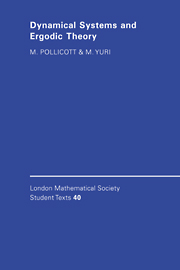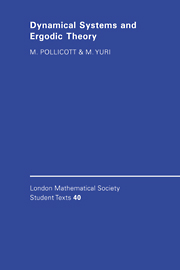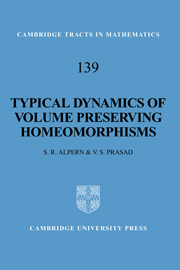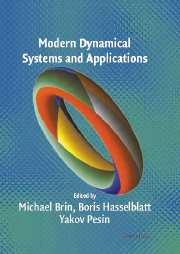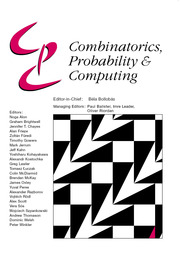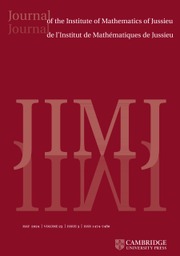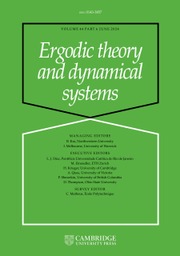Nonlinear Perron–Frobenius Theory
In the past several decades the classical Perron–Frobenius theory for nonnegative matrices has been extended to obtain remarkably precise and beautiful results for classes of nonlinear maps. This nonlinear Perron–Frobenius theory has found significant uses in computer science, mathematical biology, game theory and the study of dynamical systems. This is the first comprehensive and unified introduction to nonlinear Perron–Frobenius theory suitable for graduate students and researchers entering the field for the first time. It acquaints the reader with recent developments and provides a guide to challenging open problems. To enhance accessibility, the focus is on finite dimensional nonlinear Perron–Frobenius theory, but pointers are provided to infinite dimensional results. Prerequisites are little more than basic real analysis and topology.
- The first systematic text on the subject, by authors who are among the key developers of the field
- Useful to researchers in nonlinear operator theory, matrix analysis, dynamical systems theory and nonlinear analysis
- Assumes little more than basic real analysis and topology
Reviews & endorsements
'In their introduction the authors state that 'the main purpose of this book is to give a systematic self-contained introduction to nonlinear Perron–Frobenius theory and to provide a guide to various challenging open problems'. They have achieved their aim excellently.' Hans Schneider, University of Wisconsin, Madison
'Undoubtedly, this remarkable book will be of interest to all specialists in nonlinear analysis and its applications. Certainly, any mathematical library ought to carry this book.' Peter Zabreiko, Zentralblatt MATH
'This textbook is a carefully arranged journey through large parts of this beautiful theory, which has seen various contributions by the authors in the past. The material is accessible with little more than a basic knowledge of linear algebra, real analysis and some topology. The book is self-contained, all results are proven very rigorously, and where appropriate, the evolution of results is explained and framed in the historical context. I recommend this book very warmly and without any reservations to anyone interested in nonlinear Perron–Frobenius theory.' Bjorn S. Ruffer, Mathematical Reviews
Product details
May 2012Hardback
9780521898812
336 pages
234 × 156 × 21 mm
0.62kg
15 b/w illus.
Available
Table of Contents
- Preface
- 1. What is nonlinear Perron–Frobenius theory?
- 2. Non-expansiveness and nonlinear Perron–Frobenius theory
- 3. Dynamics of non-expansive maps
- 4. Sup-norm non-expansive maps
- 5. Eigenvectors and eigenvalues of nonlinear cone maps
- 6. Eigenvectors in the interior of the cone
- 7. Applications to matrix scaling problems
- 8. Dynamics of subhomogeneous maps
- 9. Dynamics of integral-preserving maps
- Appendix A. The Birkhoff–Hopf theorem
- Appendix B. Classical Perron–Frobenius theory
- Notes and comments
- References
- List of symbols
- Index.


